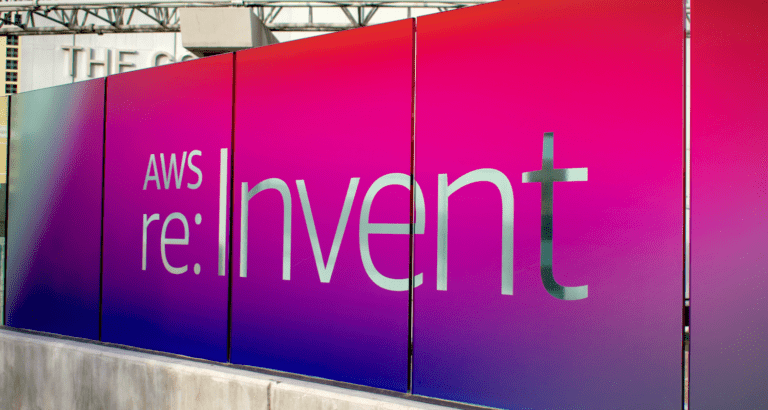AWS wants customers to get more out of the public cloud environment. To this end, AWS introduces new metrics and observability solutions that improve the performance of its public cloud environment. There are also several new hardware announcements.
AWS announces the news at re:Invent, its annual conference. One introduction is an expanded version of AWS Compute Optimizer. This tool helps users recommend the optimal resources based on the workloads being run. New functionality for the tool ensures that the tool issues efficiency metrics on the resources in use. So-called ‘recommendation preferences’ are also available, allowing users to leverage properties that enhance the recommendations. The new recommendation functionality provides better infrastructure metrics that should improve the quality of recommended resources for AWS EC2 instances and Auto Scaling groups.
Functionality
AWS Compute Optimizer works by analyzing historical workload patterns. Machine learning can be used to determine the best resources for each workload. The tool helps AWS public cloud users avoid unnecessary infrastructure costs by over-provisioning resources and poor application performance by under-provisioning. AWS Compute Optimizer assists in finding the right balance.
The tool collects data from sources such as Amazon Elastic Compute Cloud, AWS Lambda and Amazon Elastic Block Store. The new recommendation preferences are generated from a 14-day history of Amazon CloudWatch data. After analysis, the results and recommendations are displayed in a dashboard, allowing administrators to understand any savings and opportunities for scaling up performance.
Update for Amazon CloudWatch
At the same time as the expansion of AWS Compute Optimizer, Amazon CloudWatch is getting a major update. The tool will now have the ability to monitor applications for more insight into performance and to deliver a better end-user experience. For the latter, the tool gets more insight capabilities that should identify and understand different user experiences. Based on this, performance can be improved for multiple groups of users.
Other functionality added to AWS CloudWatch includes the CloudWatch Evidently tool that makes it easier for developers to plug experiments and feature management into their application code. This allows developers to roll out new functionality to a small number of users for testing purposes.
Several new hardware options
In addition to the tooling mentioned above, AWS also introduced a new series of its own AWS Graviton 2 processors. These processors are specifically designed for better price-performance ratios for graphics application workloads and machine learning, among others.
Furthermore, the new Amazon EC2 G5g instances were presented. These instances feature the new Graviton 2 processors and Nvidia T4G Tensor Core GPUs. The instances offer up to 25 Gbps of network bandwidth and up to 19 Gbps of EBS bandwidth. The instances are especially suited for game streaming, machine learning, graphics rendering and autonomous vehicle simulations.
The Amazon EC2 G5g instances are generally available immediately in various subscriptions in Amazon’s US East, US West and Asia-Pacific regions. Also, new Amazon EC2 M6a instances for general workloads are now available.



